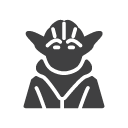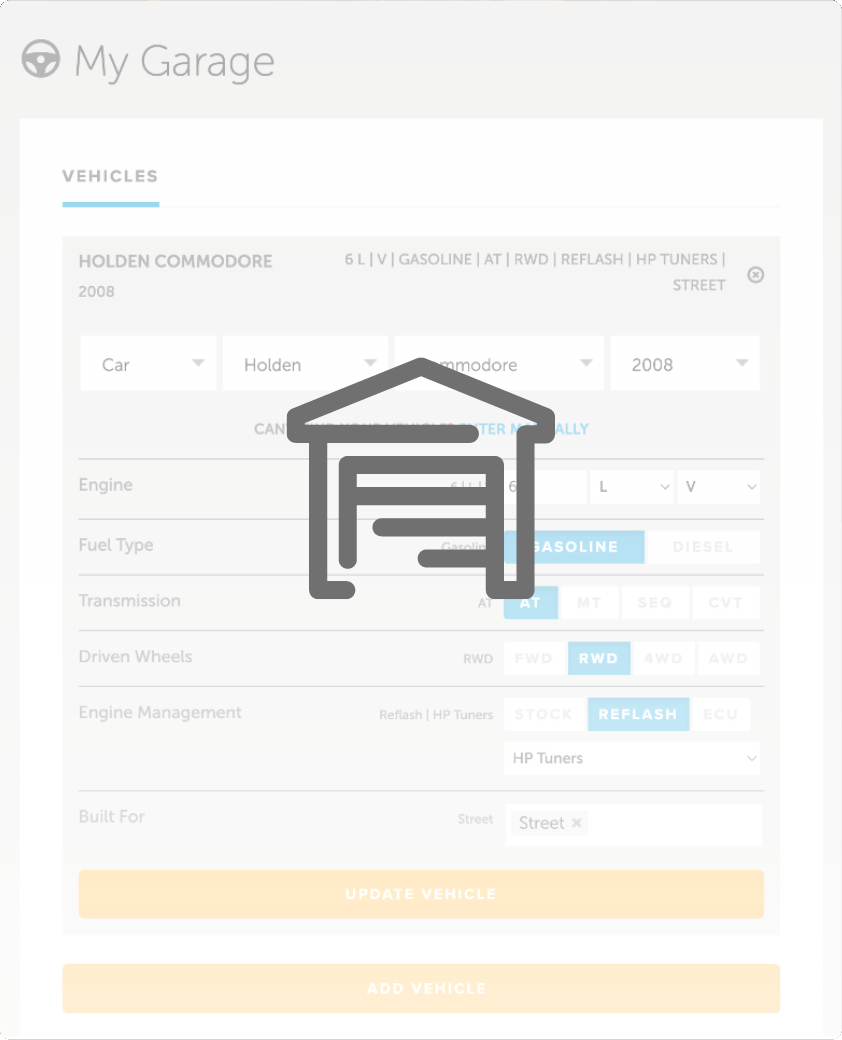| 00:00 |
In the practical 3D scanning section of this course, we covered post-processing of the scan data and the mesh file, , which is typically done inside the scanning software.
|
| 00:09 |
But mesh editing is also possible in CAD software, so in this module we'll have a look at what's possible in Fusion when directly editing a mesh.
|
| 00:19 |
So, at this point we can use the insert mesh function to bring a mesh into our workspace.
|
| 00:25 |
So, notice how this is the version of the mesh straight from the scanning software, with no cleaning or removal of unwanted information, as we'd usually do in the scanning software.
|
| 00:37 |
I've done this on purpose just to show what's possible in the CAD software for a slightly different approach.
|
| 00:43 |
So, we're going to ignore the other tools under this create tab for now, but we're going to be coming back to cover the create mesh section sketch tool soon.
|
| 00:51 |
So, typically in most CAD software the toolbar is laid out to match the user workflow.
|
| 00:58 |
We're going to be skipping this prepare tab for now, and coming back to it later, but we're going to skip ahead to the modify tab.
|
| 01:05 |
The reason for this is if we want to modify the mesh, and more specifically remove elements or reduce its size and the file size, then this is going to reduce the processing time and the load on the computer, basically just allowing us to work through all these functions faster.
|
| 01:23 |
With that in mind, the first tool we're going to look at is the direct edit, but we could also get to this by right clicking on the mesh in our timeline, and then hitting edit feature.
|
| 01:34 |
So, most of what's in the pop-up window here concerns the selection type.
|
| 01:39 |
So, we have the window freeform and paint selection type.
|
| 01:42 |
We have filters depending on what we want to select, and then we can modify the selection so we can expand what we've selected, grow or shrink it, and then we can also invert it.
|
| 01:54 |
So, for an example of this, let's choose the paint tool, and then we'll select a part on the desk that the turntable was sitting on, and then we can expand this to connected.
|
| 02:07 |
We can see now that that has selected everything connected to the desk, and then the benefit of this direct editing function is that we can simply hit delete, and that will remove that part of the mesh.
|
| 02:22 |
So, let's just finish direct editing here, and then we're going to have a look at the plane cut tool, and this is another great way of removing unwanted data.
|
| 02:31 |
Now, the issue here is that we can't fit a plane using the plane through three points tool to the mesh as it is.
|
| 02:39 |
The little workaround here is going to the solid toolbar and then creating a form, and then you'll be able to see that we can easily make a plane through three points.
|
| 02:49 |
In this case, we're just going to select three well-divided points on the flange for the manifold that mounts to the head.
|
| 02:58 |
We want these well-divided in different directions to get a good fit plane over that surface.
|
| 03:07 |
Now, we have that plane, we'll hit OK, and we'll finish the form tool.
|
| 03:11 |
Jump back over to the mesh toolbar.
|
| 03:13 |
We can use the plane cut, and then select the mesh body, and then we'll select the cut plane as that one that we've just created.
|
| 03:22 |
We can see if we have it right on this plane, we're going to remove a bit of the mesh that we want on this flange.
|
| 03:29 |
So, what we can do is just offset that with the X distance, and it won't take too much to just pull it off that surface.
|
| 03:42 |
Maybe 0.3 of a millimeter, and that should be pretty good.
|
| 03:53 |
We can see now that we've removed everything below that plane.
|
| 03:57 |
What we're going to do is just jump back into direct editing on this, select the body we want to edit, and just in case there's any other noise floating around, we'll use the paint tool, select that, expand to connected, then we'll invert.
|
| 04:16 |
Doesn't look like there's anything, , but you never know, there might be some very small pieces, and then we'll just hit delete, and finish direct editing.
|
| 04:29 |
So, moving on, we're going to look at the remesh and reduce tools, which are very similar.
|
| 04:34 |
We'll start off with the remesh tool, and this basically allows us to regenerate the mesh for a selected mesh body.
|
| 04:41 |
So, the reason we want to do this is to optimize the mesh refinement, basically so we have just enough for what we need, but not so much mesh refinement that it slows us down.
|
| 04:52 |
So, in the tool pop-up window here, we have the different types, adaptive or uniform.
|
| 04:58 |
So, uniform means the faces of the mesh will all be a similar size, whereas adaptive can have smaller face sizes on areas with more detail, and then larger face sizes on areas with less detail.
|
| 05:12 |
The density of the mesh here essentially being the level of refinement, with one being maximum refinement, the smallest face sizes, and therefore the largest file, and as we reduce this, this makes larger faces and reduces the file size.
|
| 05:28 |
So, for an object like this, we'd typically want to preserve the shape and also the boundaries, but for something like maybe the scan of an engine bay, preserving the boundaries would be less important.
|
| 05:41 |
The key thing to understand here is the mesh won't necessarily become more accurate or detailed, it's the only data we have to work off is the current mesh we're working with, rather than the raw point cloud from the scan data.
|
| 05:55 |
Let's just cancel this and look at the reduce tool, which works in a very similar way, albeit a little bit more simple.
|
| 06:02 |
Again, we have the remesh type being adaptive or uniform, and the proportion basically being the file size compared to the original size, or the proportion of the elements in the mesh as a function of the original one.
|
| 06:18 |
So, if we leave this at 25% here, and then choose the mesh body and hit OK, so a lot of the other tools under the modify tab here are pretty self explanatory, and hovering over them in Fusion gives us a little bit more information on their function.
|
| 06:36 |
The scale mesh tool is essentially the ability to be able to change the size of the mesh, and that is great if we wanted to create a larger or smaller version of the same part.
|
| 06:48 |
The combine tool obviously allows us to combine multiple mesh bodies into one, where the separate tool essentially does the opposite, splitting a mesh body up.
|
| 06:58 |
But we're going to come back to that tool in a moment.
|
| 07:00 |
So, before we move back onto the prepare tool, you might notice under the bodies tab here that we have a little yellow exclamation mark next to our mesh body, and that is showing that there are some issues.
|
| 07:13 |
In this case the mesh is not closed, and the mesh does not have a positive volume.
|
| 07:18 |
You can think of a mesh not having a positive volume like being a watertight mesh.
|
| 07:23 |
Naturally it cannot have a positive volume or be watertight if there are holes in it.
|
| 07:28 |
So, what's important to understand is that these issues might not actually be a problem for us, particularly if we plan to remodel the object for reverse engineering, which is the intention in this case.
|
| 07:39 |
And this also applies to if we're using the design as a reference for scan based design, something that we'll be looking into in the next section of the course.
|
| 07:49 |
In some cases it might actually be pointless trying to fix these issues if there's simply not enough scan data anyway.
|
| 07:57 |
For example, trying to make a scan of the outside of a body panel be a positive volume, because we're only interested in the surface of the scan, we have no need for a positive volume or a watertight model, which is what would be required if we were 3D printing the part.
|
| 08:15 |
But if we were going to take the mesh directly to 3D printing, then we would need to fix these issues, so it's good to know how to address these.
|
| 08:24 |
Again, in our case we don't actually need to fix these, but we will have a look at how to do it anyway, and unsurprisingly this is what the repair tool is for.
|
| 08:34 |
So, if we select the body, we can have a look at the quick analysis, which shows us what we just saw before, or we can look at the detailed analysis here.
|
| 08:44 |
So, we can see that there are open boundaries, essentially being holes, and there's also some self intersections.
|
| 08:51 |
So, how to fix these, we have the different repair types.
|
| 08:54 |
And each one of these adds to the previous one, so essentially close holes is the simplest and the fastest, stitch and remove adds some functionality to that, but slows it down a little bit more.
|
| 09:09 |
And as we move up, these get slower and slower , but they can also achieve much more.
|
| 09:15 |
Now, just due to the geometry of this turbo manifold, we obviously have some large holes here , but through the inside of the part we have some very large holes, basically because there's no way of capturing the structure inside the primary runners.
|
| 09:32 |
So, it's highly unlikely we're going to be able to do this any justice by filling in the holes, but on some scans we might be able to do that and just hit OK here and it should be able to patch that up.
|
| 09:44 |
At that point if we do have a watertight model or a closed body, it can then be converted to a solid body and that can open up some new doorways if we're working with a solid model like our upright.
|
| 09:57 |
We can then set the material properties of that so it understands the density and then compare that to the mass of the real part to get another sense of how accurate our scan actually is.
|
| 10:10 |
So, also under the prepare tab here we have the different face groups , which we can choose to view under the inspect tab.
|
| 10:18 |
So, I've personally found that this works the best for a solid model that is isolated or a solid body that is converted to a mesh file.
|
| 10:28 |
Essentially, what happens is the different areas of the mesh are divided up into the different face groups and this allows us to work on a specific section of the mesh if we want to modify or edit it in some way, remesh it, we can do that just on that individual face group.
|
| 10:47 |
And the separate tool that we looked at earlier under the modify tab can essentially split the mesh up into its different face groups.
|
| 10:56 |
Again, there's no need to cover all of these mesh editing tools here as the purpose of this module is to really just show an alternative approach to modifying a mesh in our CAD software as opposed to the scanning software.
|
| 11:10 |
So, again if you'd like to master software like Fusion, I highly recommend checking out our 3D modelling and CAD for Motorsport course.
|
| 11:18 |
Let's summarise the key points of this module.
|
| 11:21 |
In Fusion we can use the direct edit or plane cut tools to remove unneeded parts of the mesh that will just slow things down, remembering that new planes are best created under the forms toolbar.
|
| 11:34 |
Likewise, the remesh and reduce tools can help us to optimise the mesh refinement for our application.
|
| 11:41 |
We can also smooth and scale the mesh, combine multiple mesh bodies and various other operations.
|
| 11:48 |
If we want to work towards converting the mesh to a solid model rather than remodelling it, we may need to use the repair tool to fix any issues that the mesh might have.
|





